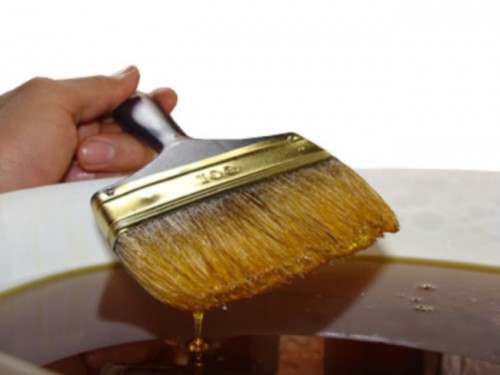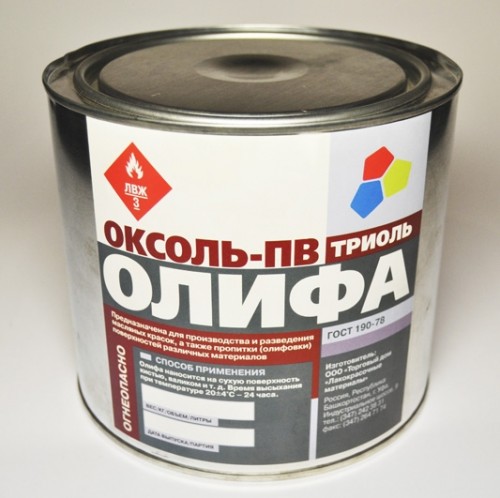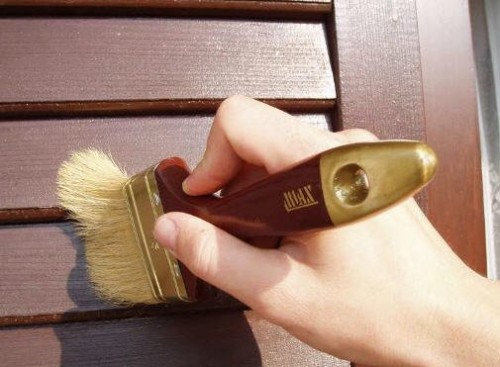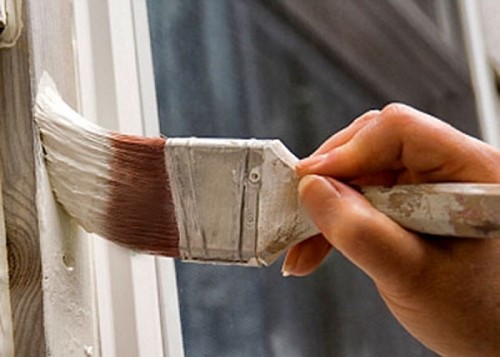
Oxol Oxol. Characteristics and features of application paints and varnishes
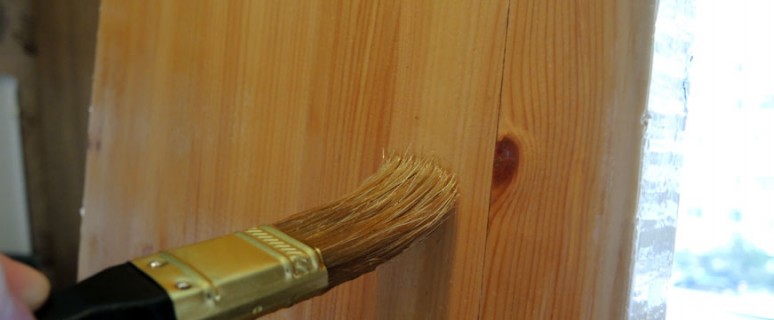
Any types of work on the interior decoration of the room, which are connected with the painting wooden surfaces with oil colors, can not do without using the oil. Even despite the emergence of recently new more improved compositions that perform the same tasks. What does the Olife represent? What is it necessary and how to apply it? - These are the questions, the answers to which will help get the perfectly colored surface.
Content
What is Olife? Its composition and scope of application
Olife represents a fen-forming composition consisting of vegetable oil and a sequivator, a substance helps to quickly stick paint. Sikkativ, in turn, these are compounds of various metals: iron, cobalt, lead, lithium, strontium, etc. Olify is traditionally used to dilute densely oil colors, as well as for processing wooden, metal or any other surface, as well as plaster before painting. It helps to reliably protect the wood from the inevitable processes of rotting and wood parasites, as well as largely reduces paint and varnish costs during the implementation of painting works, as it increases their gripped surface.
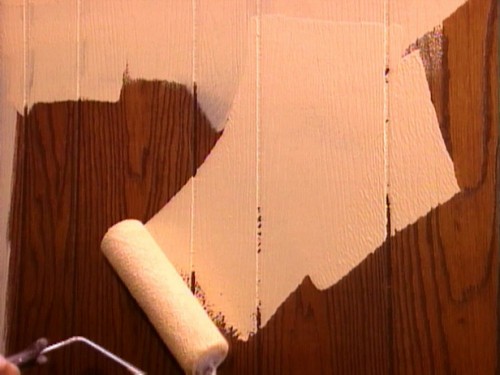
Types of Olimia
At the moment, specialists are made to distinguish three types of Olifai: natural oil, Oxol Oxol and composite olifa.
Natural Olife
Natural olive, the quality of which is strictly regulated by GOST 7931-76, consists of 97% of natural origin vegetable oil (linen or sunflower), which has passed special heat treatment, and 3% of the sequivat.
- Such Olife reliably protects wood, however, it can be used only indoors.
- In addition, the natural olifa has a sufficiently high cost according to the current standards.
Olife "Oxol"
Oxol Oxol, the qualitative composition of which must correspond to GOST 190-78, this substance that has a small smell and consists of 55% of vegetable oil (linen or sunflower), 49% of White-spirit and 5% of the sequivat.
- "Oxol" on a par with a natural oliff, perfectly copes with its main task, namely protects the wooden surfaces, forming a dense water-resistant film that does not black for a long time.
- At the same time, Oxol Oxol Oxol is much cheaper than naturally naturally and it, unlike the latter, can be used even to process any surfaces outside the building.
- The best Oxol Oxol is considered in its composition linseed oil, therefore it should be somewhat more expensive than what is produced on the basis of sunflower oil.
Composite Olife
Composite olifa is the cheapest olifa with a characteristic sharp smell. It does not have a GOST number, therefore the composition of such a substance is not regulated at the legislative level, and production is carried out exclusively on specifications.
- Composite Olifes, as a rule, are in their composition various chemical components, in particular, harmful and toxic products for the human body the products of the petrochemical industry (for example, oil-polymer resins).
- Therefore, such formulations are strictly forbidden to apply indoors.
- The smell of composite olifa is maintained for a long time, even with good ventilation indoors. This is the cheapest olive with a characteristic sharp smell.
Features of the use of Oxol Oxol
Oxol Oxol is a quick-drying substance that has an increased hardness and forms a glossy coating on the surface of the material processed. It penetrates well into the pores of the tree, thereby emphasizing his structure.
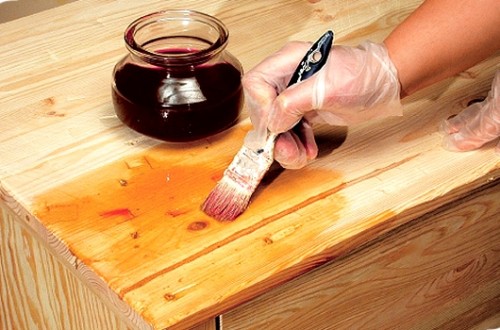
- For sale olph "Oxol" in a container of various capacity is fully ready for use.
- It is necessary to apply such a substance to a dry surface, which, if necessary, is in advance, it is squeaked and thoroughly cleaned from dust or fat. Only after that go to the olumin.
- First, the composition is well stirred if the olive in the process of storage thickened it can be diluted with white spirits, nephrane, as well as if desired by a solvent for varnishes and paints (oil and enamel).
- Apply with a thin layer with a brush or a special roller. At the same time, all work should be carried out in a room, which is well ventilated with air temperature not lower than 15 degrees Celsius and relative humidity 80%.
- Drying time Oxol Oxol is about 24 hours, so the interval between each subsequent layer should be approximately a day.
- The remainder of the unused olifa can be stored during the year in a tightly closed container. This will suit the dark dry place inaccessible to children.
- To protect your hands in the process of olphovka, it is recommended to use rubber gloves. It is also important to prevent olifa into the eyes. If the olifa fell into open areas of the body, they are purified by a rag or a cloth moistened in vegetable oil. Then, carefully everything is washed with warm soapy water.
- With the help of Oxol Oxol Oxol, you can also put a putty small gaps, mixing it with wooden sawdresses until a thick homogeneous mixture is obtained.
- All work to avoid fire hazard should be carried out away from open fire sources.
In compliance with all the recommendations, the work on olphovka is quite simple, so they can be performed almost each. To find out more detailed about the process of professional wood processing, you can view the following video: [
yframe url \u003d 'http: //ysoutu.be/zudbh-ti9e0']




